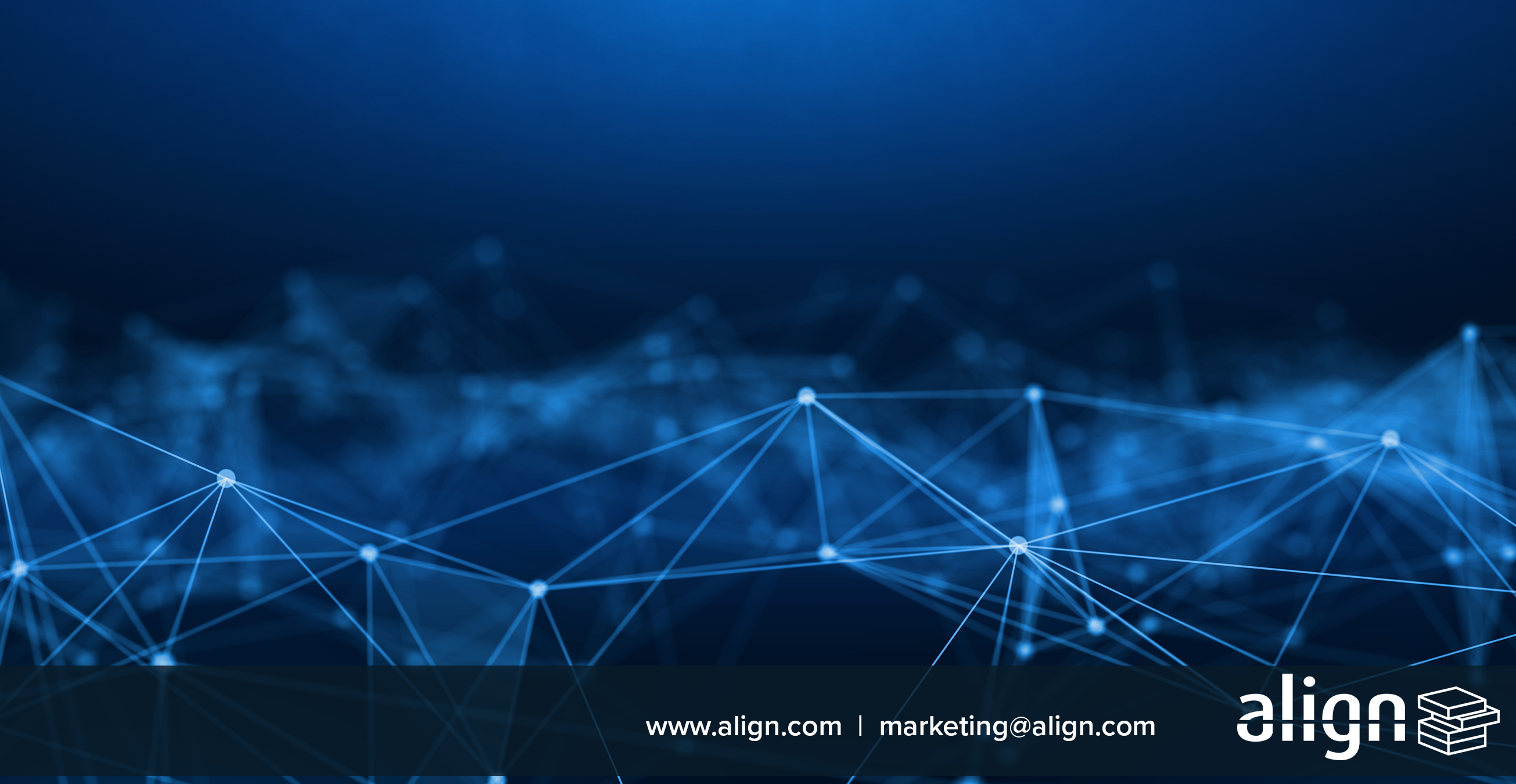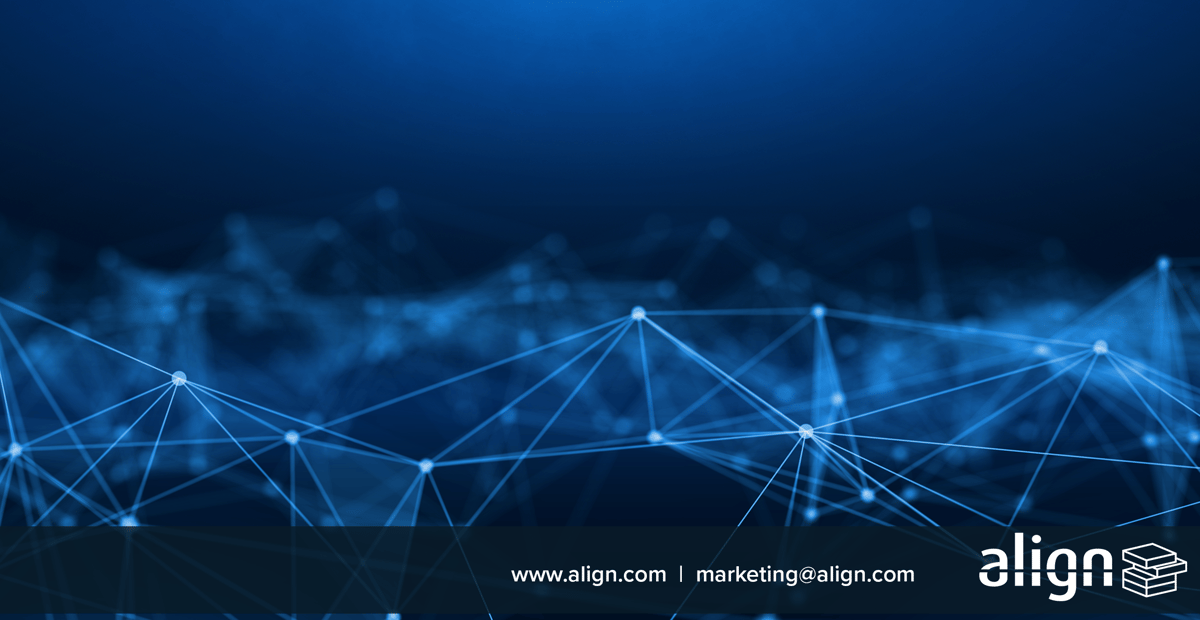
Photo Credit: © Sashkin - stock.adobe.com
Legacy systems are typically classified as such when the vendor no longer supports them, also referred to as end-of-life (EOL) technology.
Why do companies continue to utilize EOL technology? More often than not, it is because the technology systems continue to function adequately and performing an upgrade is not a top priority. Alternatively, some businesses fear the possibility of temporary disruptions occurring during the transition and thus delay plans to upgrade. Despite these hesitations, embracing emerging technology can provide you with numerous benefits including facilitating scalability and growth, increasing productivity and more.
Maintenance and Support
The older the technology, the more significant the disparity between the product and the updates, until it is too substantial for them to be even remotely compatible. Inevitably, maintenance costs will continue to rise as you struggle to maintain the aging technology. Legacy systems that lack vendor support may require companies to retain expensive support contracts or hire external talent with the knowledge to maintain that technology.
Effect on Employees
Not only do businesses have to consider the technology itself, but they have to keep in mind the individuals who rely on it daily. Old workplace technology slows employees down and can often increase both company-wide demands and workplace dissatisfaction. When team members who were once responsible for legacy systems leave a company, a significant knowledge gap is left, increasing operational risk. Upgrading technology can both improve operational efficiency, and make the duties of your employees a lot easier.
Lost Business
Aging technology can make it much harder, or even impossible for businesses to expand and scale. Legacy systems may inevitably slow workflows and inhibit productivity. Declining productivity can then lead to lost business opportunities. Older systems are also far more likely to fail than new ones, and failing systems means downtime which may leave lasting damage on a company’s reputation. Removing the obsolete technology not only lowers costs but will help to mitigate risky business practices.
Lack of Security
IT systems recovery and restoration, if even feasible, will cost you money. On top of that, EOL systems are more vulnerable to cyber-attacks, especially when they are unsupported and security patches are no longer released. As a result of a lack of vendor support, the use of legacy systems can also result in non-compliance and costly penalties.
Regardless of the reasons for maintaining aging technology, the reality is that it can lead to expensive or even devastating consequences. Clinging to legacy devices prevents freeing up monies to spend on technical innovations. More modern technology can provide your business with the agility it didn’t even know that it was lacking. Introducing new technology can also help your employees become more innovative and efficient in their work, bolstering your company’s productivity, reputation and customer satisfaction. To get the conversation started about refreshing outdated IT systems, contact Align today for a free consultation.




